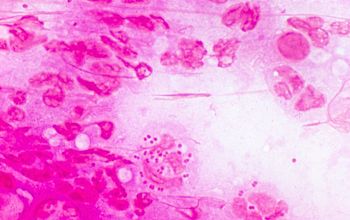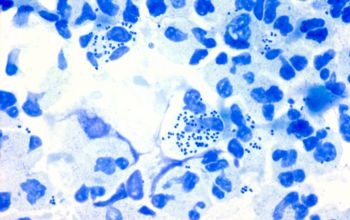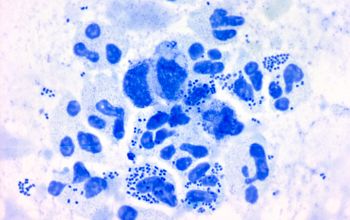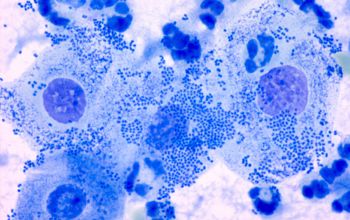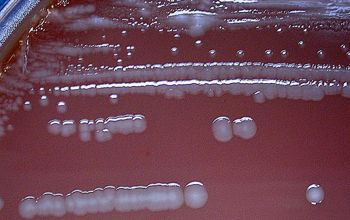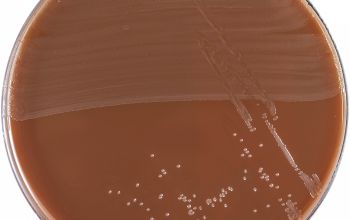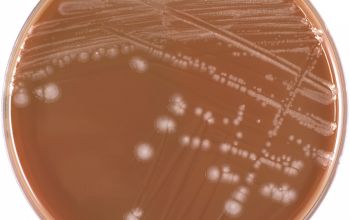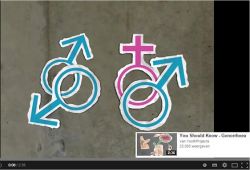Neisseria gonorrhoeae
-
General information
Taxonomy
Family: Neisseriaceae
Natural habitats
N. gonorrhoeae is always considered pathogenic, and humans are the only hosts of this bacterium
It is mainly transmitted through sexual practices and infects the mucosal surfaces of urethra, cervix, rectum, and pharynx and the eye.
The risk of the infection is greatly influenced by sexual behavior yet can be reduced, although not eliminated, by use of condoms.
The eye can be infected intrapartally during passage of the fetus through the birth canal.
Clinical significance
They are the causative agent of gonorrhea (also called “The Clap”) and is transmitted via sexual contact.
10% of the infected males and 80% of infected females are asymptomatic.
Infections of the genitals can result in a purulent discharge from the genitals, with may be foul smelling.
Symptoms may include inflammation, redness, swelling, and dysuria.
Conjunctivitis is common in neonates and silver nitrate or antibiotics are often applied to their eyes as a preventive measure against gonorrhea.
This can lead to corneal scarring or perforation, resulting in blindness in the neonates.
-
Gram stain
Gram negative diplococci,
"Kidney bean" or "coffee bean" shaped cocci
Occuring singly or in pairs with adjacent sides flattend.
They appear both inside and outside polymorph nuclear leukocytes and may tend to resist decolorization.
-
Culture characteristics
-
Obligate aerobic
5% CO2 improves the growth
Gonococci-agar (+ antibiotics and nutients)
After 48 hours, colonies are 1mm, opaque, grayish white, glistening and convex.
N. gonorrhoeae expressing pili are wrinkled and well defined with a clear edge, while nonpilated colonies have more diffuse edges and are more glistening.
Due to rapid pilus phase variation, colonial morphology can appear heterogeneous after primary inoculation.
BA: no growth
McConkey: no growth
BBAØ: no growth
-
-
Characteristics
-
References
James Versalovic et al.(2011) Manual of Clinical Microbiology 10th Edition
Karen C. Carrol et al (2019) Manual of Clinical Microbiology, 12th Edition


